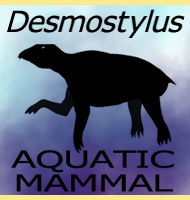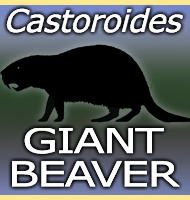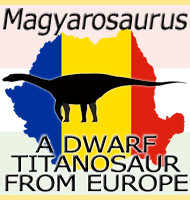


Arackar
Name: Arackar
(bones of the Atacamenians).
Phonetic: Ah-rak-ar.
Named By: David Rubilar-Rogers, Alexander
O.Vargas, Bernardo Gonz�lez Riga, Sergio Soto-Acu�aa, Jhonatan
Alarc�n-Mu�oz, Jos�Iriarte-D�az, CarlosAr�valo & Carolina
S.Gutstein - 2021.
Classification: Chordata, Reptilia, Dinosauria,
Sauropoda, Titanosauria, Lithostrotia.
Species: A. licanantay
(type).
Diet: Herbivore.
Size: Holotype estimated at 6.3 meters long,
though this is a juvenile. Fully grown adults would have been larger.
Known locations: Chile - Hornitos Formation.
Time period: Campanian/Maastrichtian of the
Cretaceous.
Fossil representation: Partial post cranial remains
including cervical (neck) vertebrae, dorsal (back)
vertebrae, humerus, femur, ischium.
Arackar
is a genus of titanosaur
that lived in South America during the late
Cretaceous. Though only known from partial remains, Arackar
was at
the time of its description one of the most complete individual
dinosaurs discovered in Chile.
Further reading
- Arackar licanantay gen. et sp. nov. a new
lithostrotian
(Dinosauria, Sauropoda) from the Upper Cretaceous of the Atacama
Region, northern Chile. - Cretaceous Research. - David
Rubilar-Rogers, Alexander O.Vargas, Bernardo Gonz�lez Riga,
Sergio Soto-Acu�aa, Jhonatan Alarc�n-Mu�oz, Jos�Iriarte-D�az,
CarlosAr�valo & Carolina S.Gutstein - 2021.
----------------------------------------------------------------------------
Random favourites
 |
 |
 |




